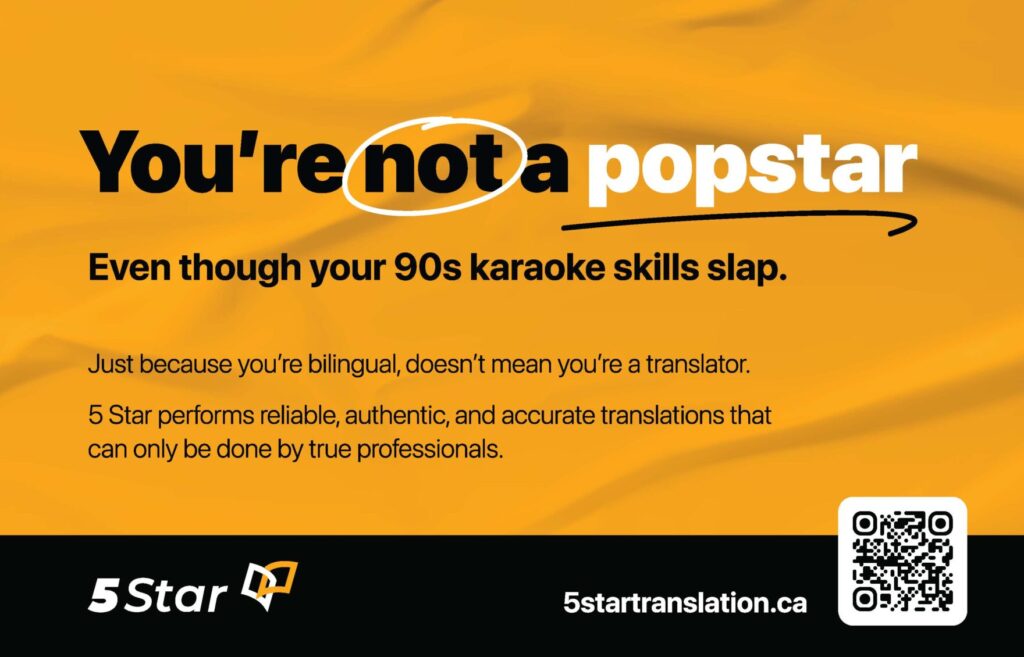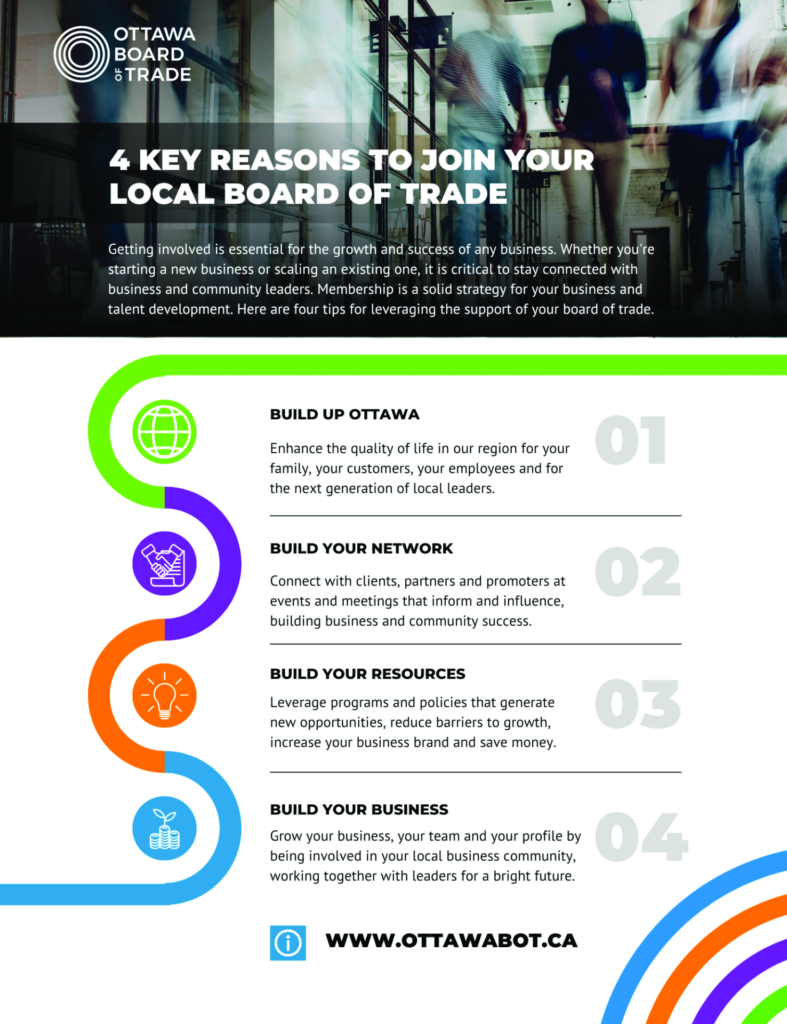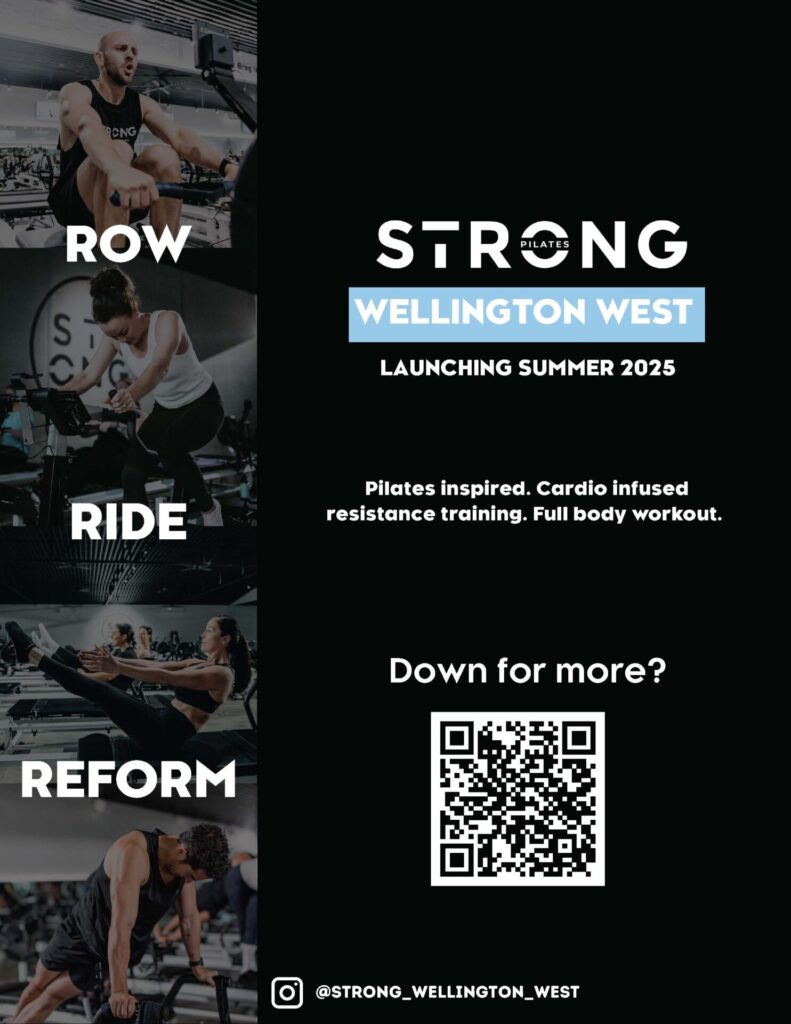Hydro Ottawa

Modernizing Apps, services for the technologically savvy client base
HYDRO OTTAWA RECOGNIZES the market shifts the millennials bring and is integrating cutting-edge technology to its service offerings, recognizing that this technologically savvy generation is gaining prominence in the way they choose to do business with their service providers.
The Ottawa-based utility launched a new app in 2017 to help its customers access the latest real-time information on power outages, their account balances and more.
The app also includes personalized energy saving tips – generated by an intelligent algorithm that dissects each user’s consumption patterns.
Julie Lupinacci, the utility’s Chief Customer Officer, cites the 2017 World Economic Forum Global Shapers Survey which reported that 78.1 per cent of millennials would be willing to change their lifestyle to protect the environment.
“I oversee the conservation program at Hydro Ottawa, and that’s a really encouraging number for us because millennials are more apt to respond to the conservation queries our app provides if they know how they are going to be protecting the environment by conserving the energy in their homes,” she says.
Hydro Ottawa is also making that data available through smart audio devices like Google Home and Amazon Echo. “We see smart audio devices really taking off and being a big driver within that millennial group,” says Lupinacci.
Hydro Ottawa has also modernized the way it delivers services today. “The millennials are now getting to the stage where they own the house, and pay the hydro bill, and they have a different expectation of what service means. That expectation is a little bit more immediate than what people were used to five or ten years ago,” says Lupinacci.
Letters, phone or fax requests for service have largely given way to e-mail or other online sources. For example, Hydro Ottawa has seen a “drastic change in how we support outage management,” notes Lupinacci.
“Millennials don’t think ‘I need to call somebody to notify them that something’s happened.’ There’s almost an expectation that, with sensors and home automation platforms that are all connected to your I-phone, we would already know,” she explains.
Furthermore, many customers now want to get an answer to their problem without having to talk to anybody. They want to be able to easily navigate through a website, or social channels, to find an answer.
“We have seen a lot less calls coming in over the years. But there is also a lot less panic happening because we’re using social media to provide some real-time visibility to what’s going on in our service area, and what the cause of that issue might be and the time it’s going to reconnect that service today,” says Lupinacci.
“ We see smart audio devices really taking off and being a big driver within that millennial group.”
Outage management is, in fact, driving some of Hydro Ottawa’s grid modernization projects, including how best to triangulate and identify a location where there is an outage, rather that relying on a phone call to identify a problem, which fewer customers are providing today, she elaborates.
Another example of how Hydro Ottawa’s service is changing is through its ‘move-in, move-out’ service when a customer moves into a new house or apartment. Whereas five years ago the utility was still receiving a high number of paper-based or phone requests for move-in, move-outs, today more and more customers are completing that process online.
“We still provide a phone service [and] if they want to send a paper request in, they can continue to do that,” says Lupinacci, who notes that the older generations, including the baby boomers are also benefiting from the faster online services.
“They’re not necessarily as slow as some might believe to adopt social strategies,” she explains.






















